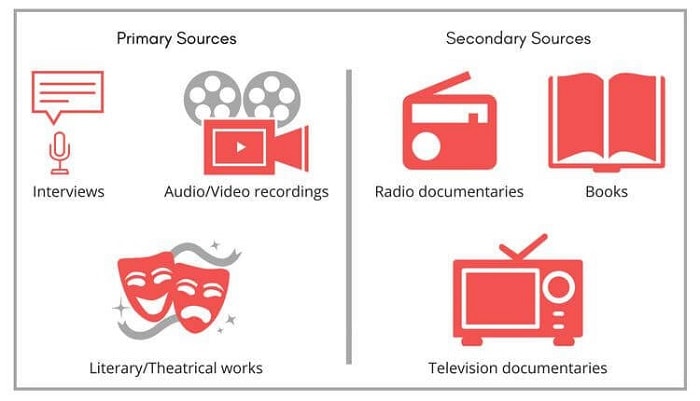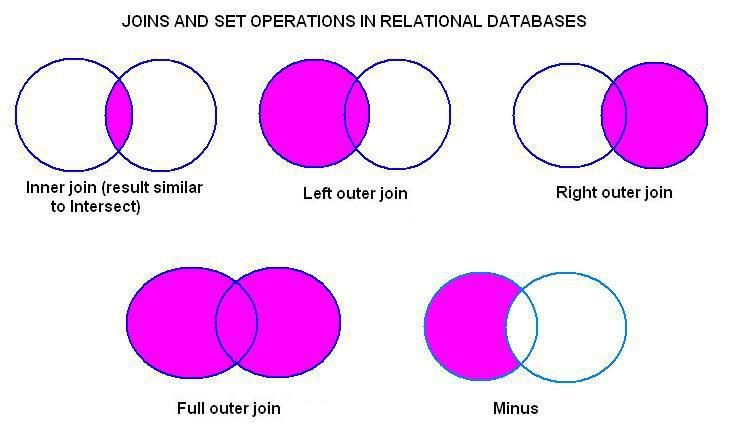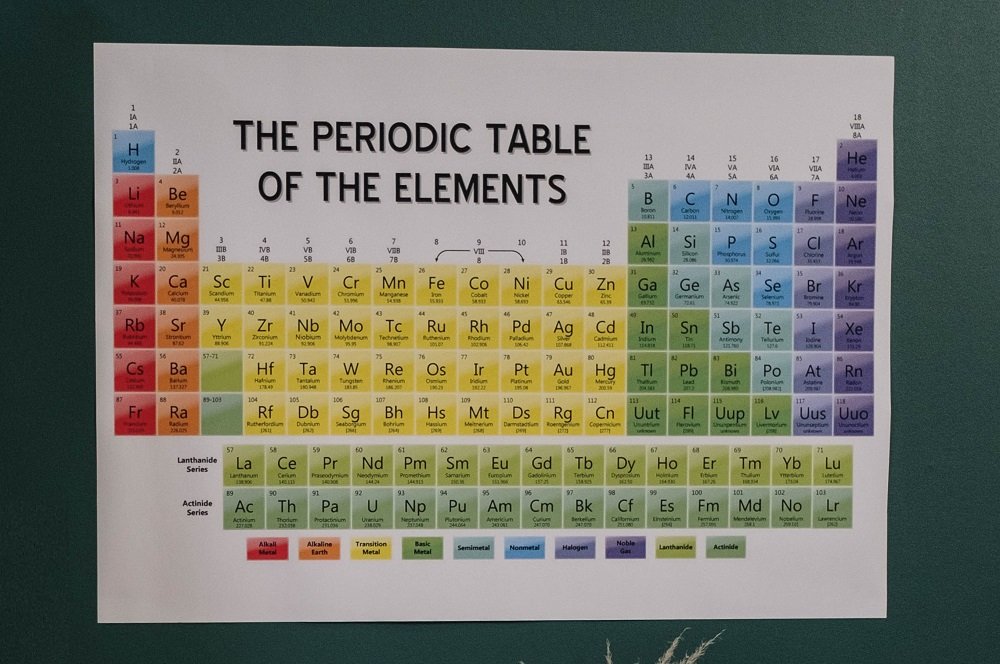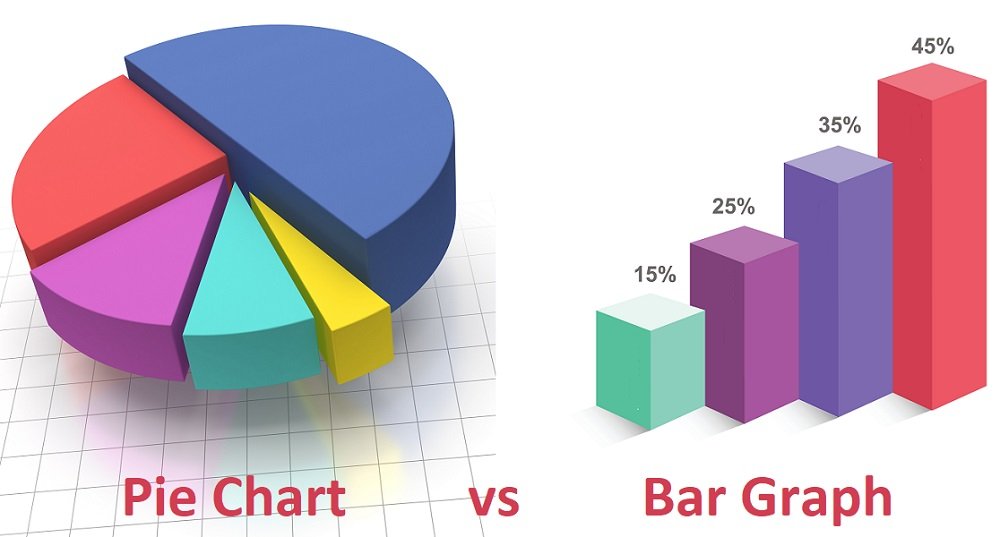Primary vs. Secondary Sources – The Differences You Must Know
When you’re in school or work in academia, writing papers and completing projects is a natural part of the program. When you use outside information, you have to give credit where credit is due, which means understanding how to cite your sources.
Irrespective of the citation method you are required to use, there are two types of sources, so knowing the difference between primary and secondary sources helps you create your bibliography properly.
How Primary Sources and Secondary Sources Differ
Here are the main differences that primary and secondary sources of information have.
Definition of Sources
A primary source is one that is a document or physical object that was created or written while the subject was being studied.
Researchers like primary sources because they give you a more authentic idea of the original research or time in history. They are great for getting close to history and recreating a topic or event as part of a research project.
While secondary sources are those that study primary sources. They are further from the original creation or writing, but can still have value when it comes to research projects or papers.
Descriptive Vs. Inferential Statistics
Examples of Each Source

One of the fundamental differences between primary sources and secondary sources is that primary sources are harder to come by due to their nature.
Good examples of primary sources include original manuscripts, speeches, diaries, interviews, letters, autobiographies, news footage and original records.
Original works of poetry, drama, art, music and novels are also considered primary sources. Relics and artifacts also count as a primary source and include things like pottery, buildings, clothing and furniture.
Secondary sources include things like magazine articles, textbooks, histories, commentaries, and encyclopedias. Each of these secondary sources is something that is produced to analyze or give more information about a primary source.
How the Source is Produced

Many researchers use primary sources as part of their work. However, others create primary sources. To have something classified as a primary source, it is something that is gathered through interviews, focus groups, participant observations, lab experiments, surveys and questionnaires and actual information gathered during field research.
Any research that is done in response to the existing research is considered secondary sources. Literature reviews and analysis of research that has already been published are examples of how secondary sources are created.
The bottom line is that if you use research found in the library, museum, and other places, you might be using a primary source to create a secondary source.
If you use original writings or artifacts, those are primary sources. Looking things up in the encyclopedia or online means using a secondary source.
Recommended for You:
Primary Source Vs. Secondary Source – The Summary
Let’s recap what differences primary and secondary sources have.
Primary Source |
Secondary Source |
|
| Definition | Document or item produced during the original study of a subject | A source that uses a primary source to produce research projects or papers |
| Examples | Manuscripts, speeches, interviews, letters, news footage, drama, poetry, relics, artifacts | Encyclopedias, magazine articles, textbooks, commentaries and histories |
| How it’s Made | Fieldwork, lab experiments, surveys, questionnaires, focus groups, interviews, and observations | Literature reviews and analysis of existing research |
Now you can confidently cite your sources! Learn more essential and important techniques by signing up for our newsletter.






